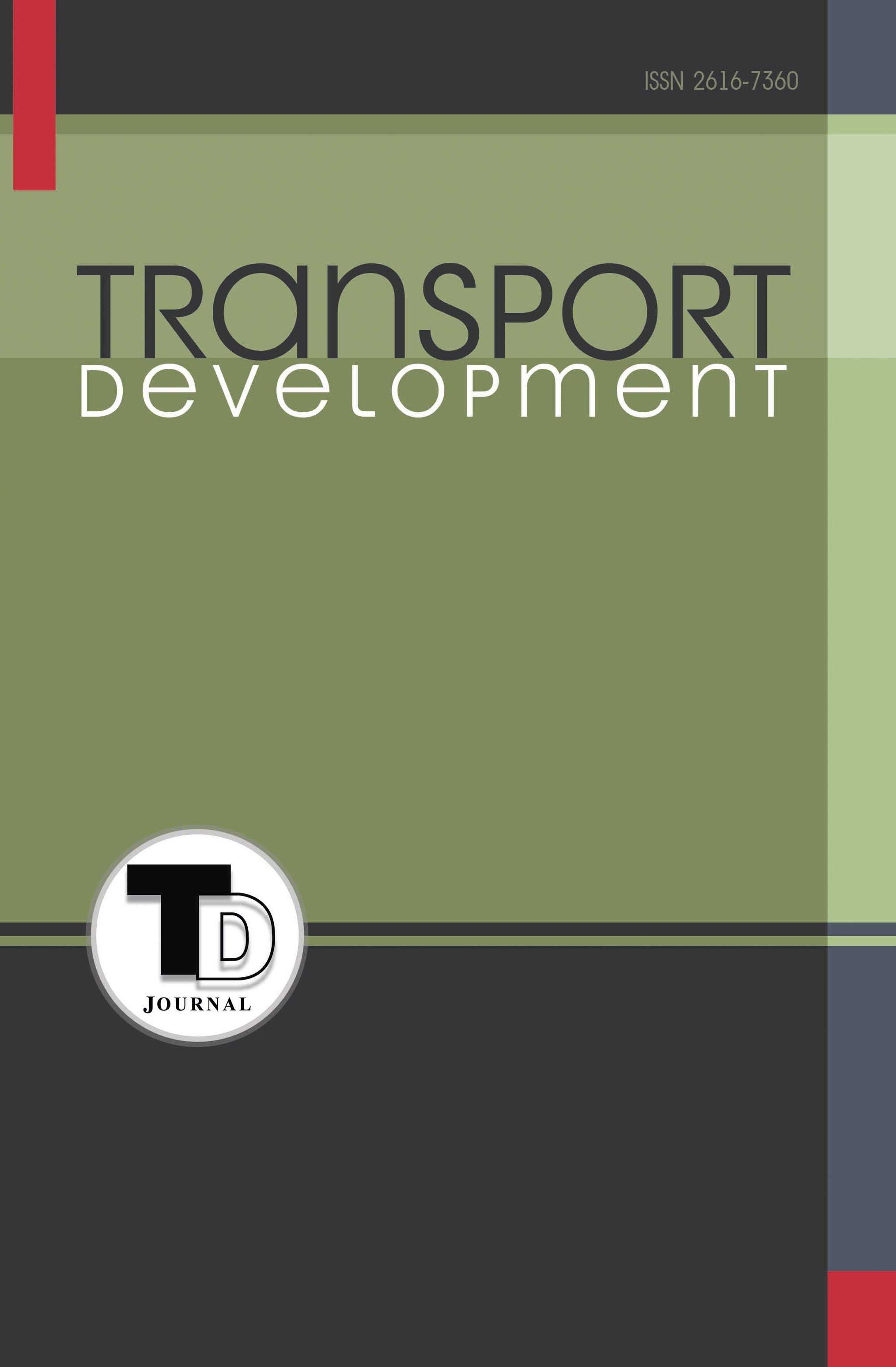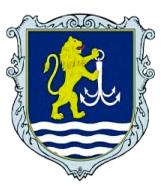INNOVATIVE METHODS AND RESEARCH DIRECTIONS FOR REDUCING SHIP HYDROACOUSTIC NOISE
Abstract
Introduction. Maritime shipping is one of the primary sources of acoustic pollution in the marine environment. Noise generation, caused by mechanical, hydrodynamic, and aerodynamic processes, affects both ship operations and marine ecosystems. Noise emitted by ships creates significant disruptions for marine mammals, interfering with their behavioral and migratory patterns. The primary sources of noise include cavitation of propellers, mechanical vibrations of engines and auxiliary systems, and hydrodynamic turbulence. The development of methods and models for reducing acoustic pollution is regulated by the standards and recommendations of IMO MSC.337(91) and the Marine Environment Protection Committee (MEPC 80).Objective. The aim of this study is to analyze existing approaches and methods for minimizing acoustic noise generated by maritime vessels. The research tasks include studying the technical aspects of hydroacoustic noise generation, proposing new research directions for the development of modern control and management systems for mechanical processes that contribute to acoustic pollution.Results. The article provides an analysis and review of existing approaches to reducing hydroacoustic noise levels, examines the main sources of noise pollution, and assesses their impact on ship structures and the surrounding environment. The author highlights the necessity of conducting scientific research to develop an intelligent monitoring system that enables real-time analysis of ship engine vibrations, acoustic noise levels, and the degree of increased uneven rotation of the main engine crankshaft. This system would optimize engine operation modes and reduce crankshaft unevenness by adjusting one or more parameters, such as speed, course, roll, and trim of the vessel. Consequently, a reduction in both structural and underwater noise levels is expected. Additionally, the system will allow for timely detection of critical deviations in the operation of ship mechanisms. Further research in the development of balancing devices incorporating advanced materials to reduce torsional vibrations and structural noise is also considered promising. Optimization of propeller blade profiles and the use of soundproofing materials contribute to reducing hydroacoustic impact.Conclusion. The increase in acoustic pollution amid the rapid development of maritime transport necessitates integrated technical and environmental approaches. The proposed solutions, aimed at reducing noise and vibration, are promising for modern shipbuilding and navigation. Innovative methods for noise impact reduction improve ship operational efficiency while simultaneously minimizing negative effects on the marine environment.





